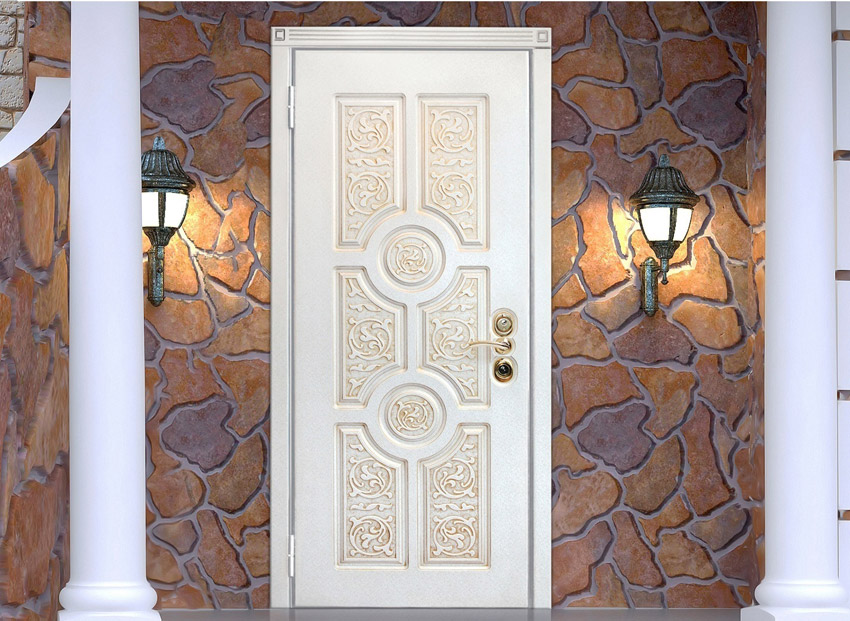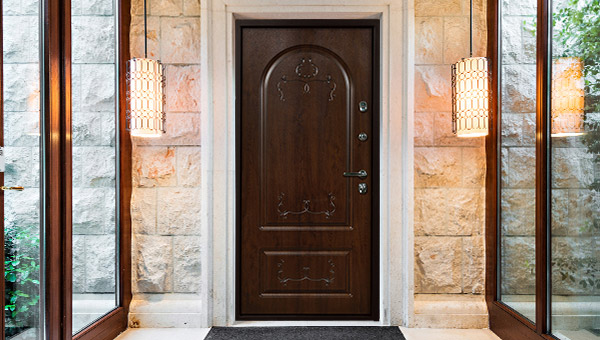

The facades of respectable buildings, country cottages and private houses are most often decorated in a classical style. A quality and presentable looking door is a significant addition to the design of any building. Now traditional front doors are leading and sought after in the modern market. However, there is a reasonable question - why? The point is that their individual characteristics and virtues impart aristocratic chic and elegancy to the constructions.
Advantages. Why customer chooses such models? This happens for a number of objective reasons:
Distinctive features. This style is characterized by simplicity of lines and restrained luxury. When looking at traditional front door images buyers pay attention to the most notable features:
The interior and exterior surfaces can be decorated with stained glass, mirrors and wrought-iron gratings. These elements create aesthetically beautiful look and functionality in the form of additional protection.

There is a wide variety of traditional entry doors. The most common variants differ in:
In form and appearance, traditional entrance doors can be:
The choice of design depends on the shape and size of the doorway, as well as the budget and the requirements of the buyer. Traditional front entry doors prices depend on the complexity of the configuration: the more complicated it is, the higher its cost.
Construction. Classic entry doors consist of a firm and durable frame, one or more quality steel sheets, stiffeners, insulation and an external trimming. At the request of the customer, the entire structure can be complemented by glass or other ornamental elements.
Models at The Doors Depot website are equipped with the most modern locking systems to prevent burglary. Reinforced hinges that have passed numerous tests are intended for a huge number of openings / closings. All these features contribute to the further increase in the functionality of the leaf.
Depending on the place of installation, the traditional exterior doors can have special characteristics and contain different insulating materials. For example, for apartments the owners usually choose products with several layers of quality sealant. It prevents the penetration of noise, drafts and unpleasant odors inside the rooms. Models with high burglary resistance are purchased for the facades of private houses and country cottages. The reliable coatings protect the leaf from rain, snow and UV rays.
To add more appeal and to achieve resistance to external influences, any surface is covered with special coatings. They provide protection against external natural phenomena and mechanical impact, and create a stunning and elegant decor.
For traditional exterior doors in New York manufacturers use a variety of trimmings.
Before buying traditional entrance doors, think through whether such a product will combine with a design of a room and exterior of your house or a cottage. Although, it should be mentioned that this style could easily fit into different interiors. The Italian manufacturers are trendsetters in terms of decorating traditional front doors. At our website we offer unusual shades of toning, artificial aging (patina and decorative cracks), painting, carving, gilding, and inlays - so many options to consider.